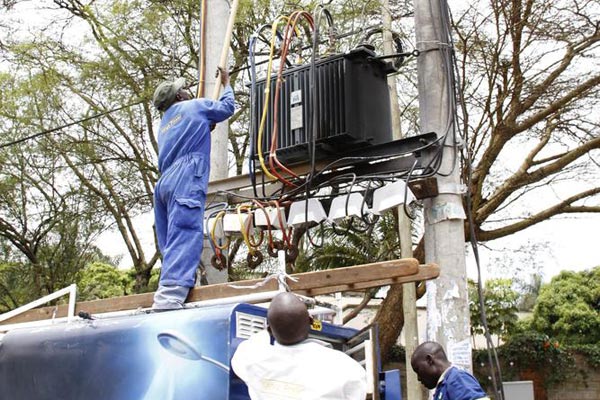By Bizna Brand Analyst
Kenya Power has revealed that it will turn to wide-scale underground cabling to stabilise electricity supply and cushion homes and businesses from crippling outages. This is a good thing for consumers and the company alike.
Historically, electrical and similar wires have been run aboveground, connecting to homes and businesses from tall, somewhat-unsightly poles. In recent decades in developed countries, however, such wires have often been buried (a process called undergrounding). Undergrounding has been done globally for about 50 years so it’s safe to say that Kenya Power is a bit late to the party. But as they say, better late than never.
Here are three advantages to requesting the service.
(1) Power outages are further minimized.
Power outages are most often caused by weather-related problems such as cold ice forming on lines, branches knocking lines down or heavy winds moving lines around. Although Kenya Power’s services operate on a smart grid, which helps minimize power outages, preventing such outages when it comes to weather is still not entirely possible. But having your electrical wires undergrounded further reduces the chances of weather causing you to be without power.
Environmental factors are quite hard to prevent. Over time, the trees and brush can grow up and eventually tear down or damage your service
According to statistics, about a third of all weather-related power outages involve the overhead service line to homes. The underground service will thus be a way to reduce outages without huge expense.
(2) The results are aesthetically pleasing.
Besides the advantage of being less affected by inclement weather, having wires and cables underneath your lawn instead of swooping from a pole to the side of your home is an aesthetic upgrade. With the exception of aboveground terminals, they are entirely out of sight. Most people will agree that this makes the home look nicer.
When an entire neighborhood or community has underground wiring, the aesthetic result is undeniable. Some places currently look like spiderwebs, with power cables criss-crossing each other above houses. With underground cables, such will no longer be the case.
(3) Undergrounded lines are safer.
Electrical wires that are underground are safer for both people and wildlife. Whereas aboveground lines need a wide berth for safety reasons—especially when they are downed—underground lines do not pose the same threat because they are tucked safely away from interaction with living things.
In addition to the dangers of the live wires, power poles themselves can also be damaging; being in such close proximity to roads often leads to cars crashing into them or them falling on top of vehicles or blocking roads. These problems are eliminated when wires are underground in entire areas.
It’s thus a great thing that Kenya Power is looking at options for the future and are always looking at ways to improve electrical service. Plus we can also not forget the environmental aspect of it all. Underground cables will mean less trees being cut to make poles. There are definitely no disadvantages in this move.








